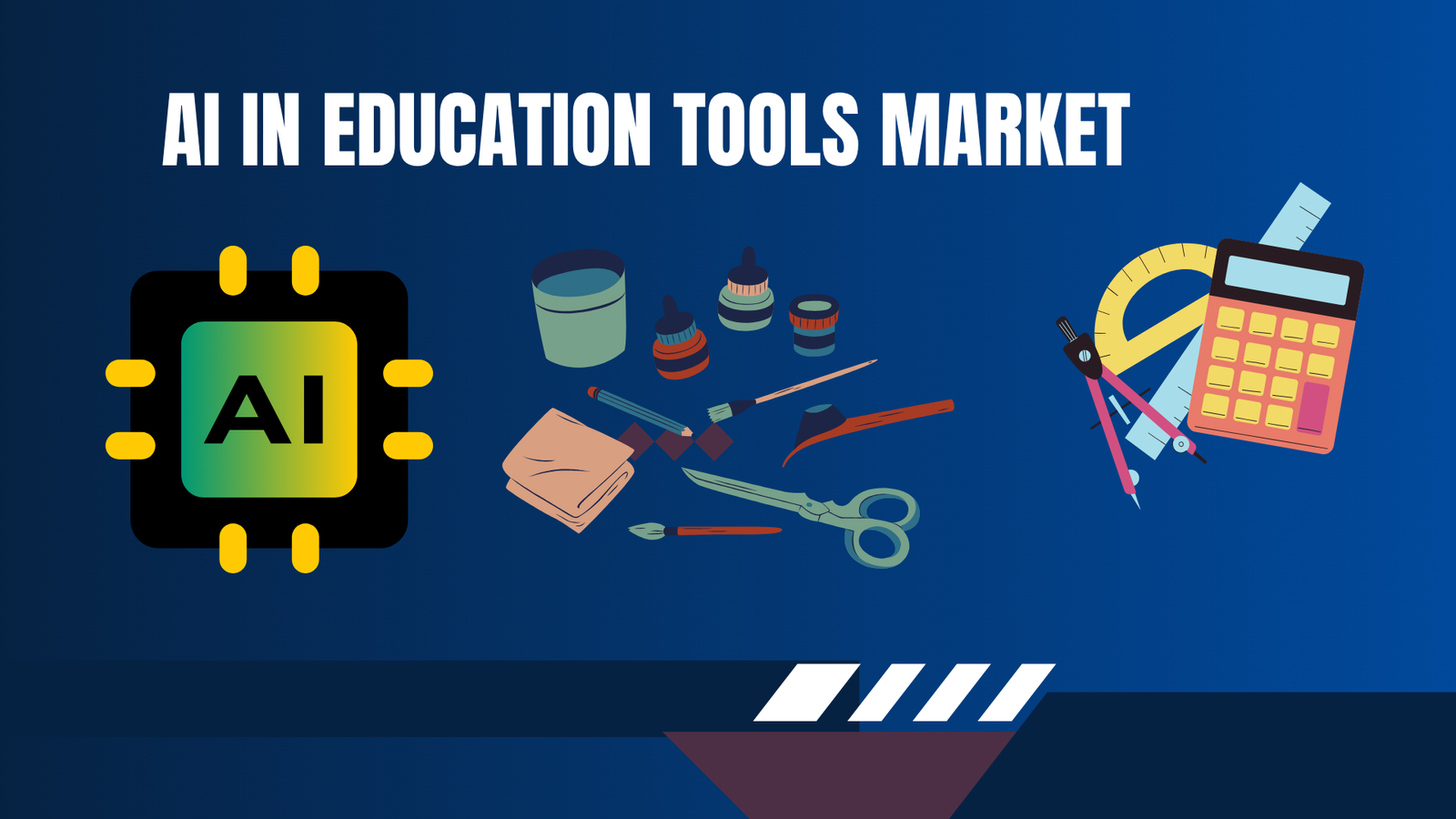Visual Effects (VFX) Market Soars to USD 28,073.92 Mn By 2033
Updated · Sep 03, 2025

WHAT WE HAVE ON THIS PAGE
Introduction
According to Market.us, The Global Visual Effects (VFX) Market is poised for steady growth, projected to reach about USD 28,073.92 Million by 2033, rising from USD 10,440.5 Million in 2023. This reflects a CAGR of 10.7% between 2024 and 2033, driven by increasing demand for high-quality digital content, advanced filmmaking techniques, and the expanding role of VFX in gaming, advertising, and streaming platforms.
The Visual Effects (VFX) market is an essential segment of the broader entertainment and digital content industries, encompassing the creation and integration of digital imagery and animations to enhance live-action footage. VFX is widely used in films, television, gaming, advertising, and increasingly in sectors like virtual reality (VR), augmented reality (AR), and corporate presentations. This market is defined by its ability to create visually compelling content that would be impossible or cost-prohibitive to achieve through traditional methods, making it integral to modern storytelling and immersive experiences.
The top driving factors for the VFX market include the growing global demand for high-quality visual content in movies, TV shows, online streaming platforms, and video games. The rise of Over-The-Top (OTT) services has fueled the need for captivating visuals to attract vast subscriber bases. Technological advancements such as artificial intelligence (AI), machine learning, real-time rendering, and cloud-based workflows are also pivotal. These innovations improve production efficiency, reduce costs, and enable the creation of more realistic and complex effects, thus pushing the market forward.

According to WorldMetrics, the average annual salary for VFX artists in the United States stands at $71,110, reflecting both the strong demand and the specialized expertise required in this profession. The United States dominates the global VFX industry, accounting for more than 35% of the market share. Hollywood remains the largest driver, with over 80% of blockbuster films incorporating visual effects to enhance storytelling and audience engagement.
The industry, however, faces a significant talent gap, as more than 80% of VFX companies report difficulty in finding skilled professionals. India is emerging as a major hub, expanding its VFX sector at an annual growth rate of 16%, supported by a large skilled workforce and cost-efficient operations. On the demand side, the gaming industry contributes over 25% of the market share, while innovations in VR and AR are opening new frontiers. These immersive technologies are projected to generate a market value of $124.5 billion by 2023, further accelerating the adoption of VFX across entertainment and related sectors.
Investment opportunities in the VFX market are growing, particularly in areas such as AI-driven VFX software, cloud rendering solutions, real-time production tools, and regional VFX hubs. The rise of streaming platforms and demand for original content present openings for studios, technology providers, and service vendors. The outsourcing trend creates avenues for emerging markets to establish competitive advantages by offering cost-efficient and high-quality capabilities. SMEs can differentiate by innovating in niche services or specialized effects, benefiting from the market’s expanding diversity.
Key Takeaways
- The VFX Market is projected to reach USD 40 Billion by 2033, growing at a 10.7% CAGR.
- In 2023, Simulation FX led by effect type, capturing over 26% share.
- The Movies segment dominated by application, accounting for more than 37% share in 2023.
- North America was the leading region, securing over 41% share of the global market in 2023.
- By 2024, AI systems are expected to perform 25% of roto work, streamlining repetitive tasks.
- The adoption of AI and machine learning in VFX and Animation is forecast to expand at a 14.3% CAGR by 2025.
- Movies using AI-powered VFX reported a 25% increase in ticket sales compared to those with traditional effects.
- A survey revealed that 88.5% of VFX artists view AI as an aid that enhances creativity rather than a threat to jobs.
Driver Analysis
Growing Demand for High-Quality Content
The visual effects market is strongly driven by the rising demand for high-quality and immersive content across multiple entertainment platforms such as movies, TV shows, and digital media. Audiences today expect visually stunning and realistic effects to enhance storytelling and engagement. This demand pushes studios and content creators to invest heavily in advanced VFX technologies and skilled professionals to meet these expectations.
Additionally, the rapid growth of streaming platforms like Netflix, Amazon Prime, and Disney+ has significantly increased the number of original content productions requiring VFX. These platforms compete by offering visually rich and captivating series and films, fueling consistent demand for sophisticated visual effects. This trend is expected to continue as global internet access and digital media consumption expand further.
Restraint Analysis
High Cost and Complexity of VFX Production
One major restraint facing the VFX market is the high cost and complexity involved in creating quality visual effects. Producing detailed, realistic scenes requires expensive software, powerful hardware, and highly skilled artists who often command high salaries. This financial burden can be especially challenging for smaller studios or independent filmmakers with limited budgets.
Moreover, the VFX production process itself is complex and time-consuming, involving multiple stages such as modeling, rendering, and compositing which demand careful coordination. These factors can lead to budget overruns and project delays, making it difficult for many companies to scale their operations or take on more ambitious projects.
Opportunity Analysis
Rise of Virtual Production and Real-Time Rendering
There is a growing opportunity in the VFX market through investments in virtual production and real-time rendering technologies. These innovations enable creators to see and adjust visual effects instantaneously during filming, which speeds up production and reduces costs. This technology also allows for more creative flexibility and improved accuracy in visual storytelling.
Virtual sets and real-time workflows are becoming increasingly popular among studios, offering new revenue streams and more efficient project delivery. Training programs and cloud-based VFX services are expanding access to these advanced tools, helping bridge the skills gap and democratize high-quality effects production across the industry.
Challenge Analysis
Skilled Talent Shortage and Tight Deadlines
A significant challenge for the VFX industry is the shortage of skilled professionals capable of producing high-quality effects. The training period to develop expertise in VFX is long, often between 18 to 36 months, and current demand outpaces supply. This talent gap causes project delays and increases labor costs, putting pressure on studios to efficiently manage timelines.
Alongside this, clients increasingly expect faster turnaround times for VFX-heavy projects, creating a stressful environment for artists and production teams. Even with automation tools improving workflows, much of the creative work still requires manual input, making it difficult to speed up delivery without sacrificing quality.
Key Market Segments
By Type
- Matte Painting
- Simulation FX
- Motion capture
- Compositing
- Others
By Application
- Movies
- Television & OTT
- Advertisements
- Gaming
Top Key Players in the Market
- The Walt Disney Co.
- Adobe Inc.
- Autodesk Inc.
- DNEG
- Animal Logic
- Maxon Computer GMBH
- Blackmagic Design Pty Ltd
- SideFX
- The Foundry Visionmongers Limited
- CINESITE
Read More – https://market.us/report/visual-effects-vfx-market/
Sources

Barry loves technology and enjoys researching different tech topics in detail. He collects important statistics and facts to help others. Barry is especially interested in understanding software and writing content that shows its benefits. In his free time, he likes to try out new healthy recipes, practice yoga, meditate, or take nature walks with his child.









